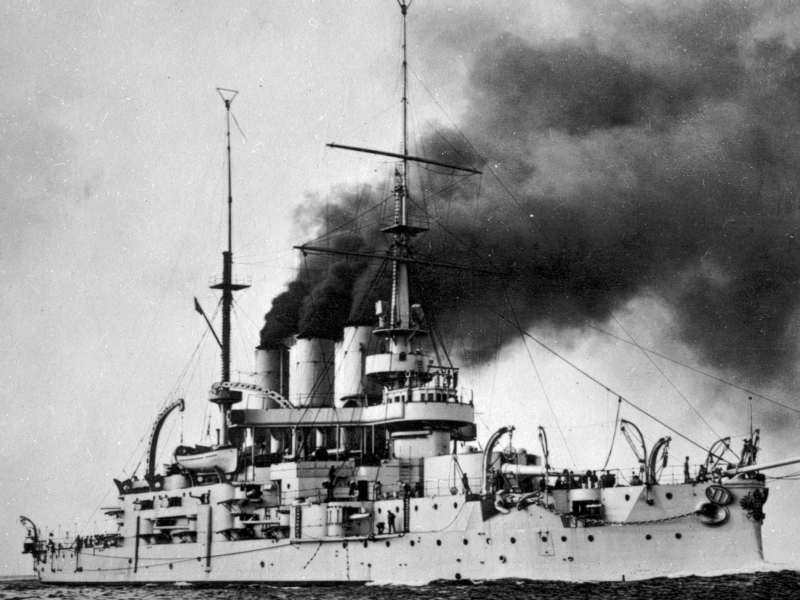Potemkin Battleship
The Russian battleship Potemkin was a forward warship built for the Black Sea Fleet of the Russian Imperial Navy. The battleship's crew became famous in June 1905 (during that year's revolution) when they rebelled against the officers who were seen as the first step towards the Russian Revolution of 1917. The revolt later formed the basis for Sergei Eisenstein's 1925 silent film, The Battleship Potemkin.
Building the Ship
Construction of the famous ship Potemkin began on December 27, 1897. On October 10, 1898, he was deposited at the Nikolayev Naval Forces Shipyard. The name of the battleship was given in honor of the Russian soldier and statesman Prince Grigory Potemkin. Potemkin, one of the ships that changed the history of the world, was launched on October 9, 1900, and sent to Sevastopol to be installed on July 4, 1902. The sea trials began in September 1903. When the gun turrets of the warship were completed, he continued his sea trials until the beginning of 1905.
During World War I, the battleship Panteleimon participated in the Battle of the Cape of the Palace in the last months of 1914. This war took place with the Ottoman state. During the war, Potemkin and Russian pre-dreadnoughts threw the ship across but did not seriously damage the ship.
Potemkin fell into secondary roles after Russia's first dreadnought battleship entered service in late 1915. By the time that date was reached, it had lost its popularity. It was booked in Sevastopol in 1918.
End of the Potemkin Battleship
The Potemkin battleship was captured when the Germans took Sevastopol in May 1918. After the ceasefire, it was handed over to the allies in November 1918. In 1919, the British destroyed their engines when the Russians withdrew to prevent the Bolsheviks from using them. When the Whites were evacuated from Crimea in 1920, the famous ship was abandoned and by 1923 it was scrapped by the Soviets.
The most famous work depicting the battleship is shown by Sergei Eisenstein in the silent 1925 film Battleship Potemkin. Lucien Nonguet is the first film to depict the rebellion 20 years before Eisenstein's much more famous film.
Eisenstein in the movie; wanted to emphasize that historical events occurred as a result of collective actions, not by individuals, and wanted to create works following Marxist teachings. For this, Eisenstein forbade to single out or feature any person in his movie. The Potemkin Battleship and mass heroism were featured in the film. This attitude has been appreciated by many film critics.

